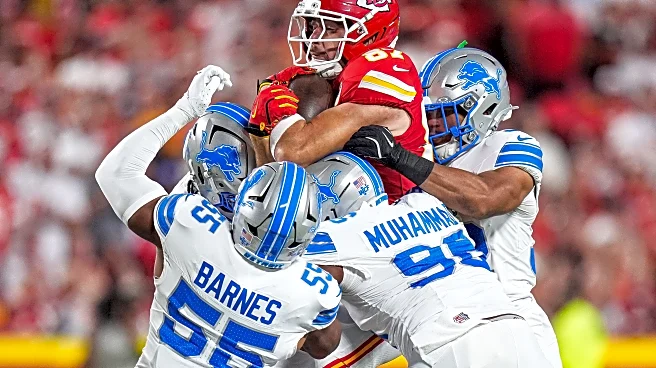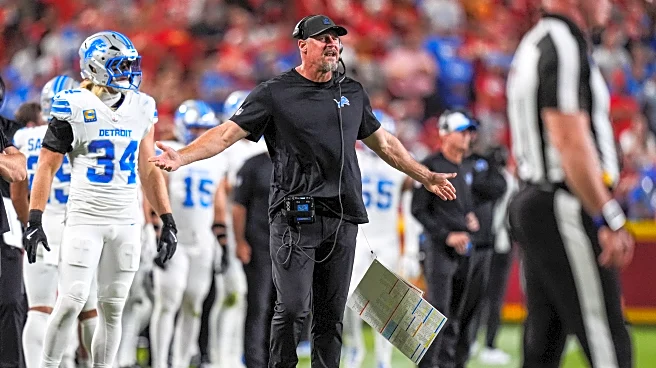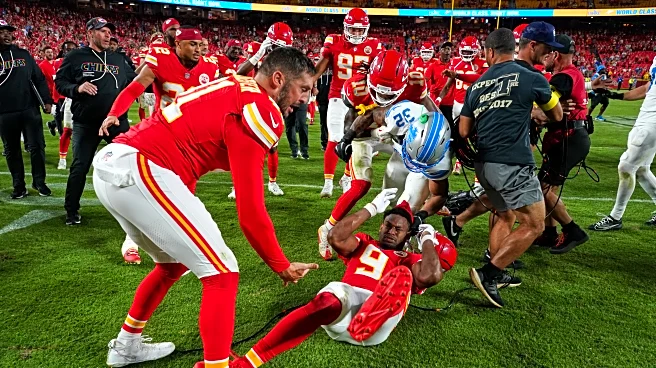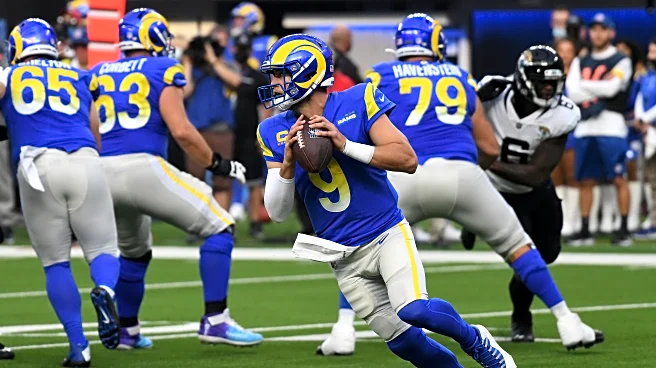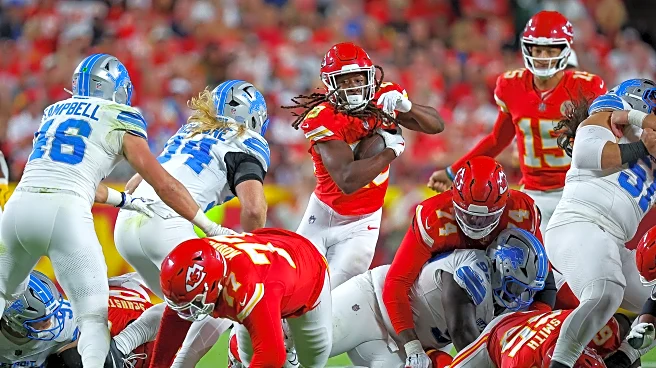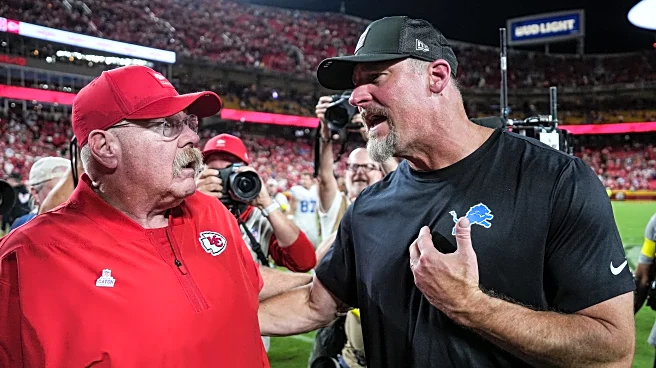Since Travis Kelce broke out as a superstar, the Kansas City Chiefs’ offense has centered around his unique strengths.
Over time, we’ve seen him in many roles. Early in his career — with Alex Smith at quarterback — Kelce was a vertical threat who could generate yards after the catch. Then with Patrick Mahomes, he was at the peak of his ability to play as a quasi-X receiver — and the two of them were able to perfect their chemistry. Rather than run a traditional route, the tight end could simply run into
space, searching for the defense’s weak spot. Since he and his quarterback were always on the same page, Mahomes could find him there.
Now that Kelce is 36 — and has a couple of down years behind him — the Chiefs have had to adjust his role. He can no longer line up and beat any NFL defender with his route-running and quickness — and these days, he breaks fewer tackles, too. In out-of-structure plays, Kelce can find less room to operate — and late in the down, he can’t separate from defenders as he once did.
These are all natural consequences of his age. But despite this decline, Kelce is still on pace for 79 catches, 910 yards and six touchdowns — which would be his best season since 2022 — and continues to be an important, productive part of the offense. He and the Chiefs are finding the best ways to maximize a skill that has not been affected by his advancing age: his elite feel for the game.
Let’s take a look.
Acting as an extended checkdown
One of the main ways the Chiefs have adjusted Kelce’s use is by shortening his route depth. He used to operate 10 to 15 yards downfield. Now, he’s working between four and six yards, where he can get the ball much more quickly. There, he functions as an extended checkdown. If the defense shifts its coverage away from him, Kelce instantly turn back to Mahomes — who reads the same thing and rifles it to him.
Mahomes peppers Kelce with these passes — and Kelce is never late to get his head around. If he’s open in space, he knows the ball will hit him fast.
While these aren’t the huge plays we used to see, they still tend to gain 6–8 yards — and that keeps the offense ahead of the sticks. They also make life difficult for teams that want to blitz. They happen so fast that the effectiveness of pressure packages is substantially reduced.
How that works against man coverage
Against man coverage, Kelce doesn’t have as much freedom. At this stage of his career, he doesn’t have the same burst he once did; it’s harder for him to create separation one-on-one. So the Chiefs help him schematically.
On this play, Kelce goes from the No. 3 to the No. 2 receiver position, which gets him matched up against Detroit’s slot defender in man coverage. Kelce has inside leverage, allowing him enough space to break outside without getting jammed. He takes a quick angle into the flat — and from the back of his drop, Mahomes fires in perfect rhythm.
Here we see Kelce lining up in the backfield. It’s man coverage again — and with Noah Gray running to the flat, Kelce draws a linebacker in coverage. Even at 36, most linebackers can’t cover him one-on-one. Mahomes makes an absurd throw to the corner, perfectly placed for Kelce to reel it in.
The bottom line
When athletes age, they have little choice: they must become more efficient at their best skills. Since they lose some physical tools, some things must come off the table. The key is being smart enough — and humble enough — to adapt (and outthink) an opponent.
No athlete has ever been more prepared for this than Kelce. He’s a quasi-quarterback on the field, with an unmatched feel for space and coverage. This has allowed him to evolve his game better than anyone else at his position. Matched with a flexible play-caller and quarterback, Kelce can thrive well into (and perhaps beyond) his mid-30s.
We should credit Kelce for getting himself in better shape, too — which is helping him get more open on vertical routes (and break more tackles) than he did a year ago. This version of himself is still a dangerous player — one for whom defenses must account on every snap.
